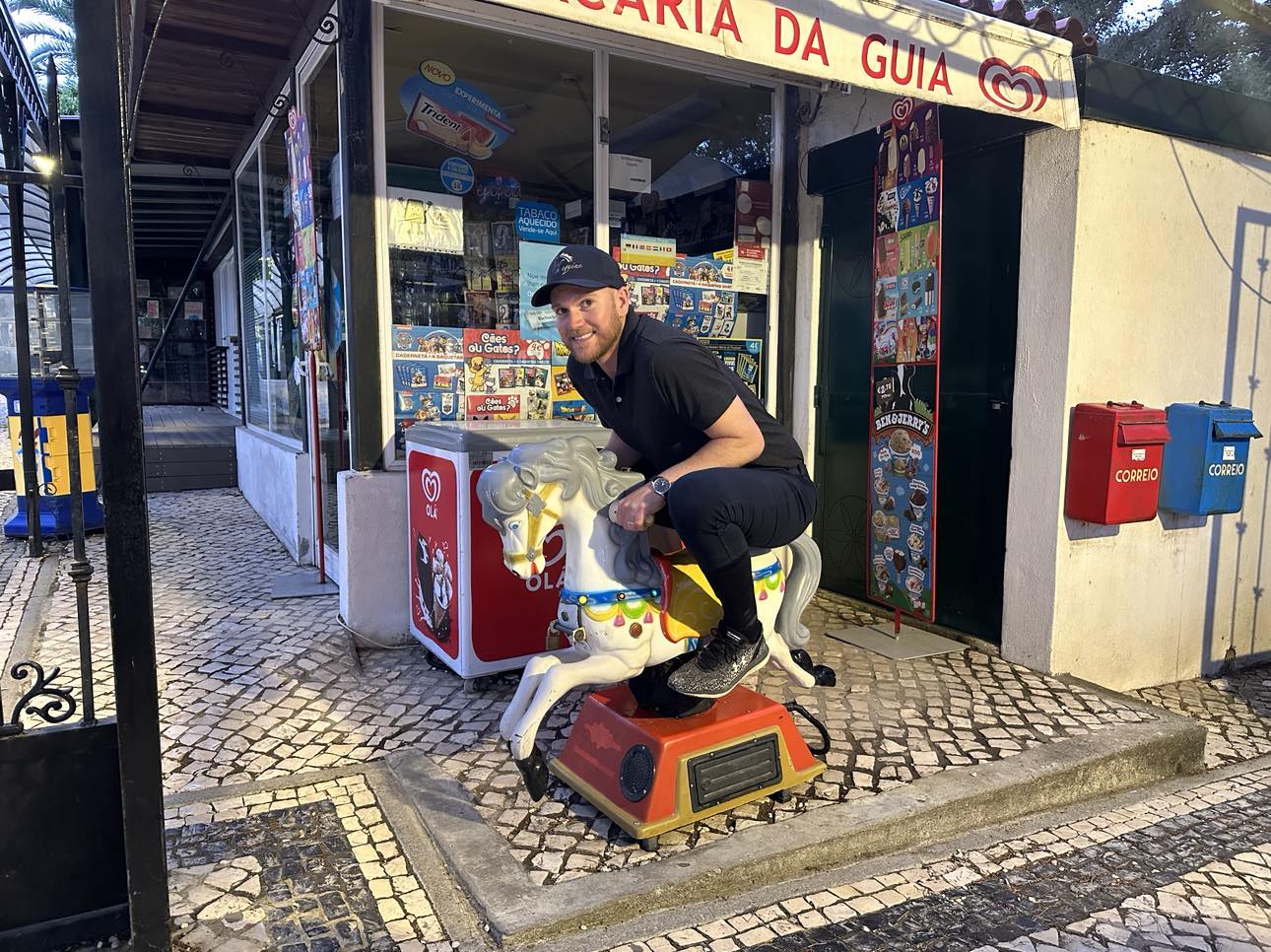by Cody Harrison
It’s no secret that a young horse must learn to balance under the rider—but how we help them find that balance can make all the difference. The key is guiding them without overwhelming them.
First, remember that a young horse is not only learning to balance but also learning an entirely new form of communication. Expecting them to understand advanced cues too soon is like speaking to a toddler with adult vocabulary—it leads to confusion and frustration.
We must accept that communication will be limited at first and allow room for mistakes. Many riders focus too soon on achieving straightness, bend, or collection in an effort to get the horse off the forehand. But horses are naturally built to carry more weight on the forehand—80% of the time, that’s exactly where they are. The real issue arises when we trap them in small circles or repetitive exercises, especially if they’re not ready for it.
If a young horse doesn’t yet understand the aids—can’t move off the inside leg, doesn’t follow the feel of the reins, or falls in or out on turns—what’s the solution?
We start by riding forward. Horses are flight animals, built to move. Forward movement gives them a sense of freedom and helps activate the hind legs. That impulsion naturally encourages straightness and allows the horse to reach forward and down with the neck to find balance. Give them time to find their own balance. Balance, suppleness, and mental relaxation are things that can not be forced; they can only be allowed to happen.
Once this begins to develop, the horse will seek a soft, steady contact with the bit. It’s vital that the horse reaches for the contact—not that the rider takes it. Prematurely shortening the reins often causes the horse to brace, lift the head, and contract the neck, leading to sore backs, poor engagement, and loss of balance.
Only after establishing a soft contact can we begin to influence the horse’s posture and balance more meaningfully. Start with large, flowing turns. Avoid asking for collection or precision before the horse is physically and mentally ready—this process takes years, not weeks.
Take your time, but don’t waste it. From day one, ride your horse from back to front and let that be your guiding principle. When they’re ready to give more, they will offer it.
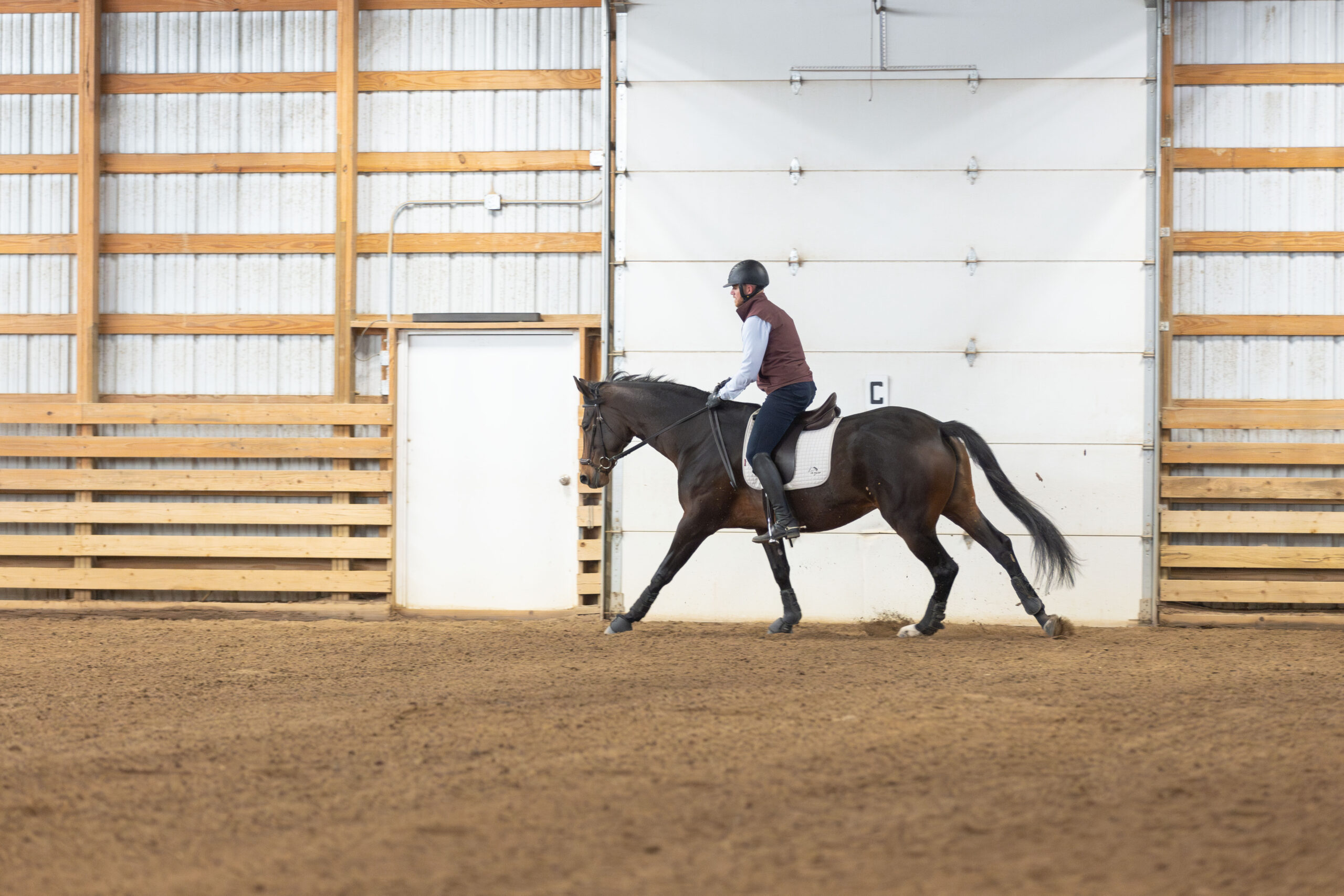
by Carrie Harrison
Part 2: The Horse’s Development – Why Maintenance Matters
Horse training isn’t a one-and-done process. Without consistent support and proper schooling, even a well-educated horse will begin to lose precision, strength, and clarity in their work. Muscles weaken, bad habits creep in, and the horse’s confidence can erode if they’re unsure of what’s being asked.
A trained horse needs ongoing education to stay at their level—and a developing horse needs even more support to get there. Horses don’t generalize well; a skill taught in one context must be reinforced in many others before it becomes reliable. And they’re always changing—physically and mentally. What worked last month may need adjusting today.
Examples of how horses can regress without guidance:
- A horse previously soft in the bridle may begin bracing if the rider’s hands become unsteady or inconsistent.
- A once-forward horse may lose motivation or develop sourness if exercises become repetitive or confusing.
- A young horse in development can become defensive or shut down if asked too much too soon, or without clear leadership.
Being in a structured program keeps the horse engaged, fit, and mentally balanced. Regular check-ins with a trainer ensure small issues are addressed before they become bigger problems. It also helps the rider better understand their horse’s needs and build a consistent communication system.
Most importantly, training is about longevity. A horse that’s physically fit and mentally confident will stay sounder and happier longer. Whether you’re working toward competition or simply want a trustworthy trail companion, proper, ongoing training is a commitment to the horse’s well-being.
by Carrie Harrison
Part 1: The Rider’s Journey – Why Continued Support is Key to Progress
Riding is a skill that evolves over time, and like any discipline, progress depends on the quality of instruction and support along the way. For the average amateur rider, independent progress without a trainer is not only difficult—it can be counterproductive. Bad habits can develop quickly and become ingrained before a rider even realizes something is going wrong.
Even accomplished riders benefit from eyes on the ground. A trainer offers perspective, technical corrections, and a roadmap for development. Without that, many riders plateau or even regress, especially when working through challenges like fear, body awareness issues, or communication breakdowns with their horse.
For example:
- A rider struggling with balance may not notice they lean slightly to one side—something a trainer can spot and correct quickly.
- Riders who have confidence issues may find themselves backing off or avoiding certain exercises, limiting their growth unless encouraged and guided.
- Miscommunication with the horse often stems from unclear aids or inconsistent timing—both of which a trainer can help refine.
Additionally, regular lessons build accountability and consistency. Riders in a program tend to ride more frequently, set goals, and stay focused. It also creates a safe space to ask questions, troubleshoot issues, and celebrate wins—big or small.
In short, a rider’s progress isn’t just about saddle time. It’s about quality time, with the right guidance. A committed trainer helps riders unlock their potential, avoid setbacks, and enjoy a more fulfilling partnership with their horse.
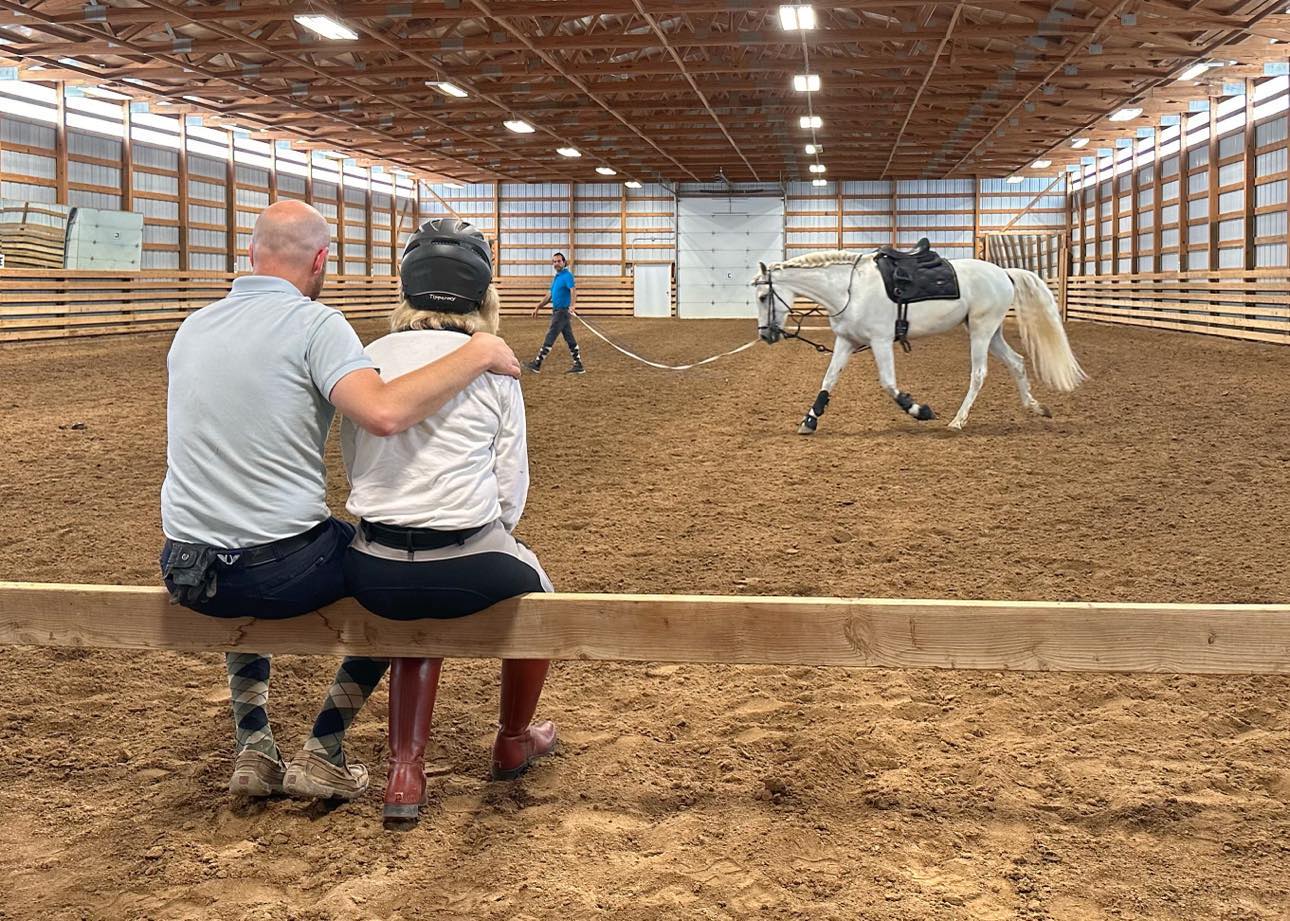
by Carrie Harrison
Ride with the Hands of a Lady, the Posture of a Queen, and the Hips of a Dancer: Decoding a Classic Equestrian Saying
This time-honored phrase — “Ride with the hands of a lady, the posture of a queen, and the hips of a dancer” — paints a vivid picture of the ideal rider. At its core, this saying offers a simple yet powerful reminder: great riding is a blend of sensitivity, elegance, and harmony in motion. Let’s explore the deeper meaning behind each part.
Hands of a Lady~
This phrase emphasizes softness, sensitivity, and finesse. A lady’s hands, in the traditional sense, are graceful and refined — and that’s exactly how your hands should be when riding.
What it means in the saddle:
- Light, steady contact that neither pulls nor drops the connection.
- Quiet hands that follow the horse’s natural movement, especially at the walk and canter.
- A supple, elastic feel through the reins that allows for conversation rather than command.
Visualize this: Imagine holding a bird in your hands — tight enough that it doesn’t fly away, but gentle enough not to harm it. That’s how rein contact should feel. You’re offering guidance, not force.
Posture of a Queen~
Queens are poised, confident, and dignified — never slouching, but also not stiff. This part of the saying refers to a rider’s upper body carriage, which should project balance and authority without tension.
What it means in the saddle:
- An upright, aligned spine with open shoulders and a proud chest.
- A seat that is grounded but light, allowing for a strong yet elegant presence.
- Not rigid or overly posed — true posture is active and adaptable, not stuck.
Visualize this: Think of a queen entering a grand hall — she stands tall, yet moves gracefully. That’s the posture you want: engaged, proud, but relaxed enough to follow your horse’s motion fluidly.
Hips of a Dancer
The dancer’s hips move with rhythm, expression, and freedom. This image encourages the rider to absorb and follow the horse’s movement, rather than brace against it.
What it means in the saddle:
- Loose, swinging hips that follow the horse’s back, especially in sitting trot and canter.
- A relaxed pelvis that allows independent seat aids without bracing.
- A body that moves with the horse — not against it.
Visualize this: A rider with stiff hips bounces or blocks the horse’s movement, while a rider with mobile hips flows like a dance partner. The best seat is one that invites the horse to carry you comfortably — it should look effortless.
Putting it All Together
When these three elements come together, you create a picture of harmony and subtle power in the saddle. Your horse can trust your hands, respond to your posture, and move freely under your seat.
It’s not just about looking good — it’s about riding well. Because when you ride with finesse, presence, and fluidity, your horse can give you their best.
Final Thought:
This saying may be cheeky, but its wisdom is timeless. Refined hands, regal posture, and relaxed hips aren’t just for show — they are the foundation of great riding. So next time you get in the saddle, channel your inner lady, queen, and dancer. Your horse will thank you.

by Carrie Harrison
The Other Side of the Weight Equation: Why Managing Your Horse’s Body Condition Matters
In conversations about how much weight a horse can carry, the focus often centers on the rider. But there’s another critical piece that is just as important—the horse’s own body condition. Carrying extra weight puts strain on a horse’s joints, muscles, and internal systems, especially when they are also being asked to carry a rider.
Obesity in Horses: More Than Just a Few Extra Pounds
Horses, like people, can become overweight when their caloric intake exceeds their energy output. While many owners show love through generous feedings or constant access to lush pasture, excess weight puts horses at serious risk for health problems, including:
- Laminitis (founder)
- Insulin resistance and equine metabolic syndrome
- Joint strain and early arthritis
- Poor performance and fatigue
- Reduced lifespan
Just like we wouldn’t expect an out-of-shape athlete to perform at their best, an overweight horse cannot comfortably or safely carry a rider—even if the rider is within the recommended 20% weight guideline.
Riding Demands Athleticism
Riding, even at a walk, is physical work for a horse. Proper movement requires balance, core strength, joint flexibility, and cardiovascular fitness. If a horse is overweight, they often:
- Struggle with proper engagement of the hindquarters
- Have difficulty bending or lifting their back
- Tire more easily
- Show signs of discomfort or resistance under saddle
Keeping a horse at a healthy weight isn’t just about looks—it’s about performance, comfort, and longevity.
It’s Not About Shame—It’s About Care
Just like we urge riders to be mindful of the weight they ask their horse to carry, we also need to ensure the horse’s own weight isn’t compromising their health. This is not about judgment—it’s about doing right by our equine partners.
Good horsemanship means feeding for health, not habit. That means:
- Measuring grain and forage appropriately
- Monitoring pasture access
- Providing regular exercise
- Assessing body condition regularly using a scoring system (ideal is typically 4–6 on the Henneke scale)
A Balanced Partnership
When both rider and horse are in good physical condition, it sets the stage for a safer, more enjoyable ride. Sound, fit horses are better able to carry weight, recover from workouts, and perform with ease. It’s not about restriction—it’s about supporting our horses so they can thrive.
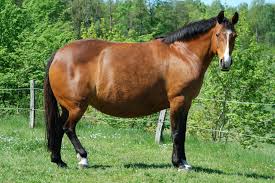
by Carrie Harrison
How Much Weight Can a Horse Carry? Understanding Limits and Responsibilities
One of the most common questions in horsemanship is: How much weight can a horse safely carry? The answer involves more than just numbers—it’s about the wellbeing of the horse, the condition of the rider, and a commitment to ethical horsemanship.
The 20% Rule: A Common Guideline
Most equine experts agree that a horse can safely carry up to 20% of its body weight, including the rider, saddle, and any additional tack. For example, a 1,000-pound horse could reasonably carry a combined rider and tack weight of about 200 pounds. This is not a hard limit, but a widely accepted guideline based on studies of biomechanics, equine health, and rider impact.
The Importance of Fitness and Condition
Just like people, horses come in all shapes and sizes—and not all 1,000-pound horses are created equal. A horse’s conformation, age, fitness level, and soundness all play a role in how well it can handle weight. A well-conditioned horse with a strong topline and balanced musculature is better equipped to carry a rider than a horse who is out of shape, recovering from injury, or too young to be under saddle.
Key factors to consider include:
- Back and loin strength
- Leg and joint health
- Cardiovascular fitness
- Hoof condition
- Saddle fit and distribution of rider weight
Tack Counts Too
The saddle, pad, bridle, and any other equipment are part of the total weight a horse carries. Some saddles alone can weigh 30–40 pounds, especially western saddles, so it’s crucial to factor that in when determining suitability.
It’s Not About Body Shaming
Conversations about rider weight are often uncomfortable, but they should not be confused with body shaming. This is not about assigning value to a person’s body, but about advocating for the horse’s physical welfare. Horses do not choose their riders—it is our responsibility as riders to honor their limits, care for their bodies, and ensure we are not placing them in discomfort or at risk of injury.
Being too heavy for a particular horse doesn’t make someone a “bad” rider—it simply means they need to find a horse who is strong enough and appropriately sized for them. Fortunately, horses come in a wide range of sizes and breeds, many of which are perfectly suited for larger riders.
Ethical Horsemanship Means Listening to the Horse
Paying attention to signs of discomfort—like shortened strides, reluctance to move forward, back soreness, or changes in attitude—is a critical part of being a responsible horseperson. Even when a rider is within the 20% range, if the horse is showing signs of struggle, something must change.
Final Thoughts
Weight limits aren’t about excluding people—they’re about protecting the animals we love. Whether you’re a rider, trainer, or just beginning your journey in the equestrian world, understanding the physical realities for horses is key to forming a long-lasting, joyful partnership. By making choices based on knowledge, compassion, and respect, we can ensure that both horse and rider enjoy their time together safely and comfortably.
